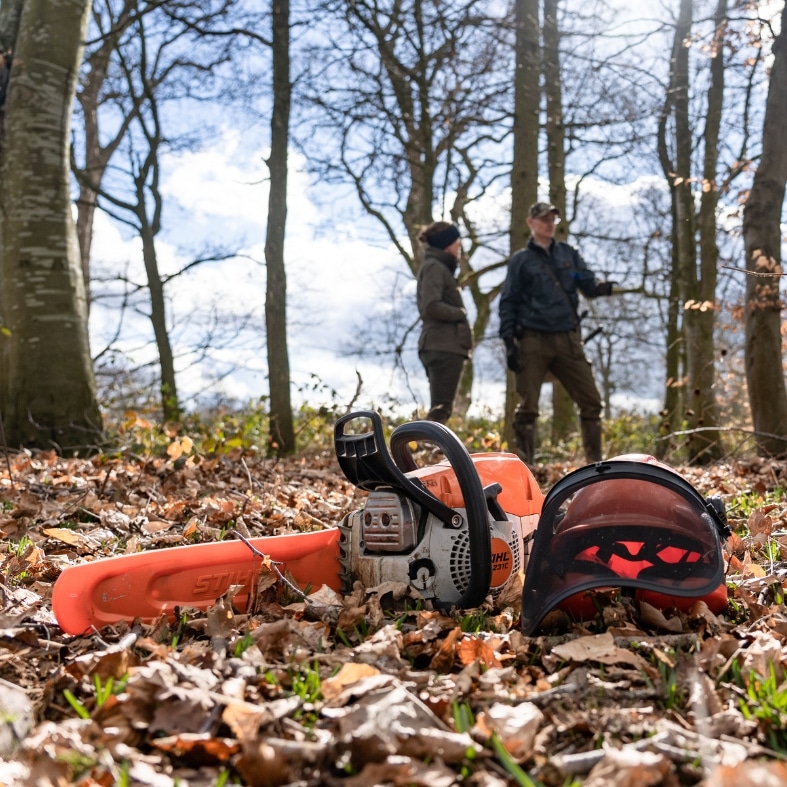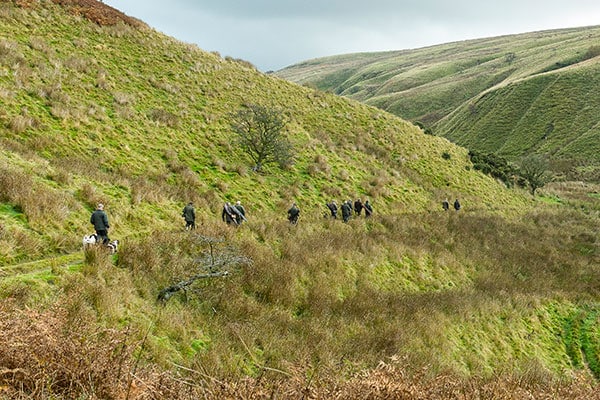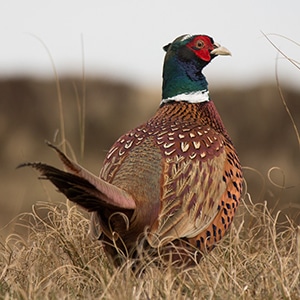

Woodland management
Woodland management
Sustainable shooting, conducted in line with best practice, provides huge benefits to people, the economy and our environment.
Estimates of the conservation benefits that come from shooting roll into millions-of-pounds in equivalent spent each year. The management of habitats like moorland, woodland and wetlands, and bespoke habitat creation areas such as cover crops, provide habitat for quarry and wider wildlife. So too, managing deer, pests and predators reduces environmental damage, protects threatened species and reduces losses in farming and timber production.
Being a member of BASC means you align with enhancing and promoting the benefits we bring for the environment. On this page, we will provide you with resources and links to advice and guidance to do just that.
Woodcock
The enigmatic woodcock is reliant on good habitat, which is largely deciduous or mixed woodland containing clearings, glades or rides. They are generally nocturnal, spending this time foraging for creatures such as worms, beetles, spiders, caterpillars and small snails.
UK Game shoots manage 500,000 hectares of woodland and 100,000 hectares of copses. Within these areas, there are a number of things that landowners, shoot managers and gamekeepers can do to enhance their woodland to help create good habitat for woodcock.
Share

Creating open spaces
Creation of open spaces within woodlands is a simple starting point and one of the government’s key indicators for woodland health.

Shooting leases and shooting agreements
To secure your shooting opportunity, BASC strongly recommends that you take out a lease or shooting agreement with your landlord.

Duck nest monitoring project
The Duck Nest Monitoring Project is a citizen science project dedicated to the conservation of wild mallard populations.







